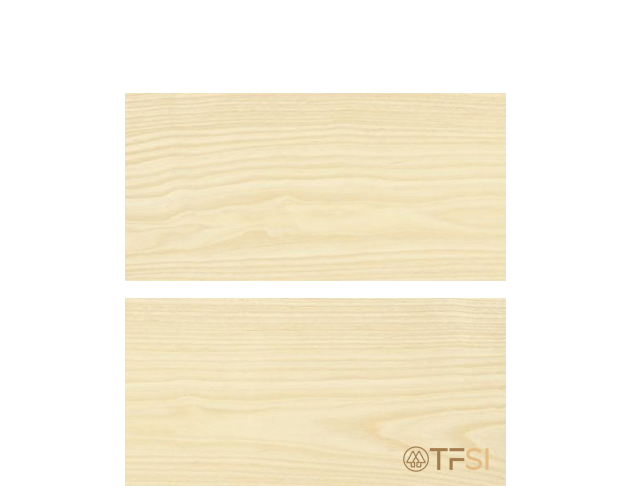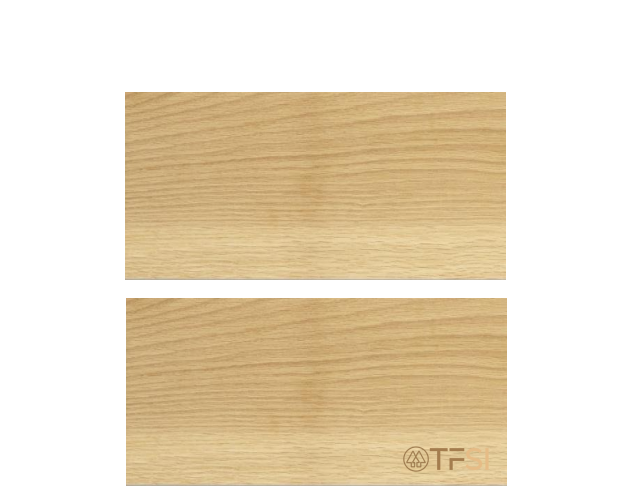
Grade :
FAS/F1F/1COM/2COM
Surface Processing :
Rough
Thickness :
4/4、4/5、4/6、4/8
Area:
USA/Canada
Species Introduction
Basswood typically features a large white sapwood that gradually merges into a light to reddish-brown heartwood, sometimes with darker streaks. This wood exhibits a fine and uniform texture with indistinct straight grain patterns.
Basswood has excellent machining properties and is easily worked with hand tools, making it a superior carving material. It performs well with nails, screws, and adhesives. Through sanding, staining, and polishing, it achieves a smooth surface finish.
It dries relatively quickly with minimal deformation and low susceptibility to aging. Although it experiences significant shrinkage during drying, it maintains good dimensional stability afterward.
Production Areas and Distribution
Known scientifically as Tilia Americana, its close relatives are widely distributed across North America, Asia, and Europe. Despite being a broadleaf species, its wood characteristics resemble those of coniferous species. After drying, it exhibits high stability and is resistant to deformation. The wood has a fine grain, close to a creamy-white color, and is easy to work with.
Applications
Basswood, known for its oiliness, wear resistance, corrosion resistance, resistance to cracking, fine grain, easy workability, and strong flexibility, is widely used in thin wood panels, wooden crafts, musical instruments, and furniture. Its significant professional application is in soft blinds.










